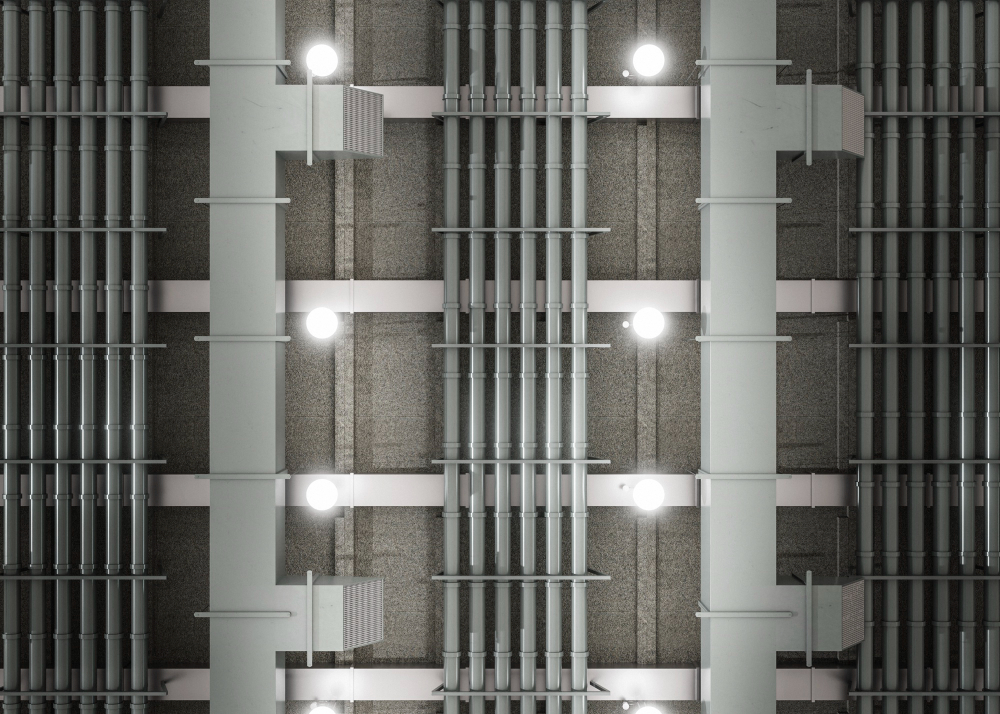Introduction
In modern construction and plumbing, the choice of piping material plays a pivotal role in ensuring safety, longevity, and efficiency. One material that has consistently outperformed traditional metal and plastic alternatives is the CPVC pipe. With its outstanding chemical resistance, temperature tolerance, and long service life, CPVC pipe has become a staple in both residential and commercial plumbing systems.
This blog explores the world of CPVC pipe—what it is, why it matters, and how it continues to transform the plumbing industry.
What is CPVC Pipe?
CPVC pipe, or chlorinated polyvinyl chloride pipe, is a thermoplastic made by chlorinating PVC resin. This modification enhances its physical properties, making it suitable for applications that involve hot water and aggressive substances. CPVC pipe is available in various sizes and thicknesses, catering to a wide array of water distribution systems.
Advantages of CPVC Pipe
Superior Temperature Resistance
CPVC pipe can withstand temperatures up to 200°F (93°C), making it ideal for transporting hot water in domestic and industrial settings. Unlike metal pipes, CPVC pipe does not lose structural integrity when exposed to elevated temperatures over time.
Corrosion Resistance
One of the most notable features of CPVC pipe is its resistance to internal and external corrosion. It remains unaffected by most acids, bases, and salts, unlike metal pipes which are prone to rust and scaling. This makes CPVC pipe a top choice for chemically aggressive environments.
Long-Term Cost Efficiency
Though the initial cost of CPVC pipe may be slightly higher than traditional PVC, its long service life and low maintenance requirements contribute to significant savings in the long run. The reduced risk of leaks and repairs enhances overall cost efficiency.
Easy Installation
CPVC pipe is lightweight, easy to cut, and simple to join using solvent cement. This results in faster installation times and reduced labor costs. Moreover, its compatibility with a variety of fittings further simplifies the plumbing process.
Low Thermal Conductivity
CPVC pipe has a low thermal conductivity, meaning it reduces heat loss in hot water systems. This helps maintain water temperature during transport and improves energy efficiency in residential and commercial buildings.
Applications of CPVC Pipe
Residential Plumbing
In homes, CPVC pipe is widely used for hot and cold water distribution. Its ability to handle high temperatures without degrading ensures a safe and reliable plumbing solution for kitchens, bathrooms, and utility areas.
Commercial Buildings
Office complexes, hotels, hospitals, and schools utilize CPVC pipe in their plumbing systems due to its durability, ease of installation, and compliance with safety standards. It meets the demand for high-volume water usage without compromising quality.
Industrial Use
In industries that require the transport of aggressive chemicals and high-temperature liquids, CPVC pipe offers a safe and stable medium. Its chemical resistance makes it suitable for laboratories, manufacturing facilities, and processing plants.
Fire Sprinkler Systems
CPVC pipe is also employed in fire protection systems. Its high temperature resistance and flame-retardant properties make it a reliable component in fire suppression networks, especially in residential and light hazard occupancies.
Comparing CPVC Pipe with Other Piping Materials
CPVC Pipe vs. PVC Pipe
While both materials are thermoplastics, CPVC pipe has a higher chlorine content, enhancing its strength and temperature resistance. PVC is limited to cold water systems, whereas CPVC pipe can handle both hot and cold applications.
CPVC Pipe vs. Copper Pipe
Copper pipes are prone to corrosion and pinhole leaks over time, especially in areas with hard water. CPVC pipe offers a corrosion-free alternative with lower installation costs and improved thermal insulation.
CPVC Pipe vs. PEX Pipe
PEX is flexible and easy to install but is more susceptible to UV damage and chemical degradation. CPVC pipe, while rigid, provides a more stable and long-lasting solution for fixed plumbing systems.
Maintenance and Longevity
One of the key selling points of CPVC pipe is its durability. When properly installed and maintained, CPVC pipe systems can last more than 50 years. Regular inspections and timely replacements of fittings ensure continued performance and reliability.
Routine maintenance includes checking for discoloration, inspecting joints, and ensuring secure fittings. Unlike metal pipes, CPVC pipe does not require internal cleaning to remove scale or rust, simplifying the upkeep process.
Environmental Impact of CPVC Pipe
CPVC pipe production consumes less energy compared to metal pipe manufacturing. It is also recyclable, contributing to environmental sustainability. Its long life cycle and low maintenance requirements minimize resource consumption over time.
Moreover, the insulation properties of CPVC pipe help reduce energy use in heating systems, making it a greener choice for environmentally-conscious construction.
Installation Guidelines
To ensure optimal performance of CPVC pipe, follow these best practices:
- Use only recommended solvent cements and primers.
- Allow adequate curing time before pressurizing the system.
- Avoid exposure to direct sunlight unless the pipe is UV-resistant or properly insulated.
- Support the pipe at regular intervals to prevent sagging.
Proper handling and adherence to manufacturer guidelines can significantly enhance the lifespan and efficiency of CPVC pipe systems.
Regulatory Approvals and Safety
CPVC pipe is approved by numerous international regulatory bodies for potable water use. It meets ASTM standards and is certified for use in various jurisdictions due to its safety and performance credentials.
Its non-toxic nature and resistance to biofilm formation make CPVC pipe an ideal choice for clean water distribution, especially in sensitive environments like hospitals and laboratories.
Common Myths and Misconceptions
Myth: CPVC Pipe is Brittle
Reality: While CPVC pipe is more rigid than PEX, it is not brittle. When installed correctly and protected from UV exposure, it offers robust performance even in demanding conditions.
Myth: CPVC Pipe Cannot Be Used for Hot Water
Reality: CPVC pipe is specifically engineered for hot water systems and can operate safely at elevated temperatures.
Myth: CPVC Pipe is Difficult to Install
Reality: CPVC pipe is user-friendly and requires basic tools for installation. With the right training and materials, even novice installers can achieve professional results.
Conclusion
CPVC pipe has emerged as a reliable, efficient, and cost-effective solution for modern plumbing needs. Its impressive temperature tolerance, chemical resistance, and longevity make it a top choice across residential, commercial, and industrial sectors.
By understanding the unique benefits and applications of CPVC pipe, contractors, builders, and homeowners can make informed decisions that enhance performance, reduce costs, and ensure long-term reliability.
As building standards continue to evolve, CPVC pipe stands as a future-ready material—capable of meeting the demands of safety, sustainability, and innovation in water transport systems.





